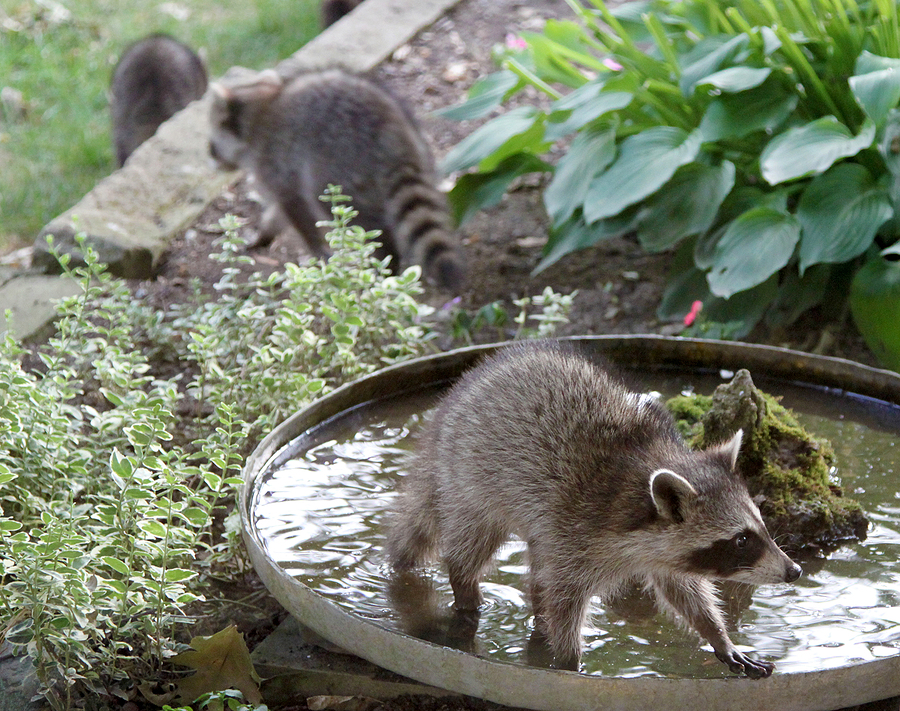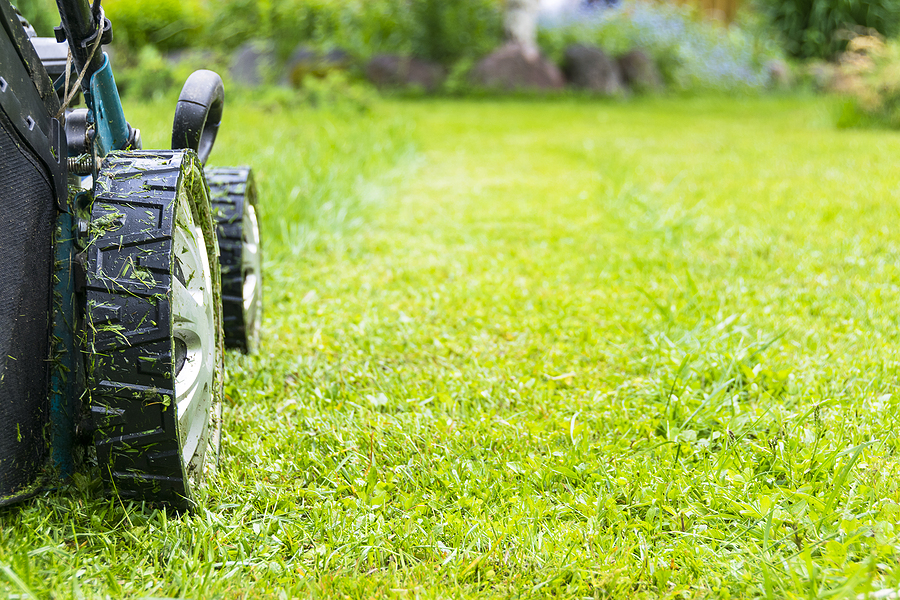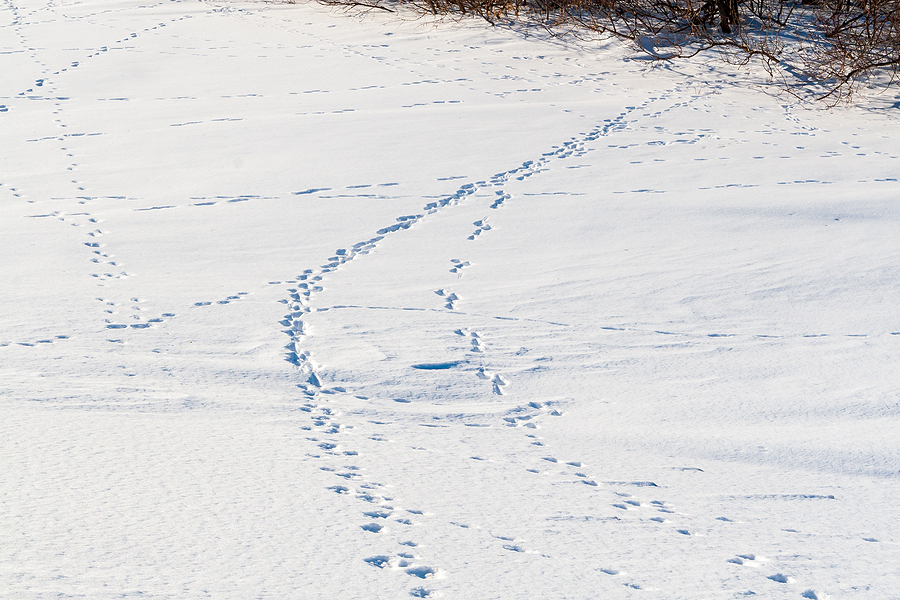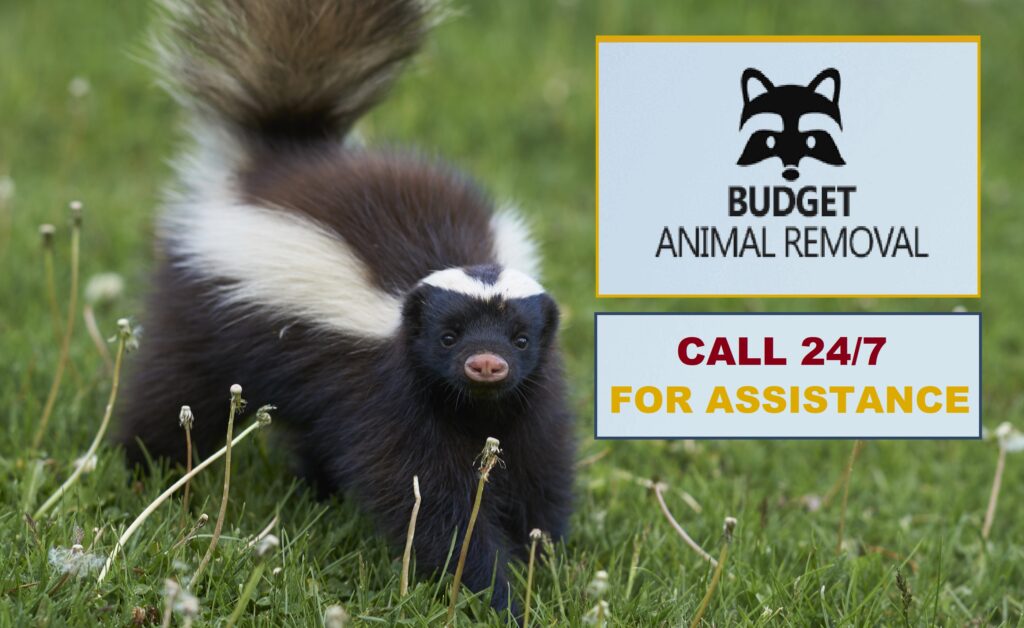Spring arrives in Indiana with blooming flowers, warmer temperatures, and increased activity from the state’s diverse wildlife population. While these animals play vital roles in local ecosystems, their breeding seasons often bring them into closer contact with human habitats, creating challenges for homeowners and property managers. Understanding when these animals reproduce and how their behavior changes during breeding season is essential for effective wildlife management and preventing costly property damage.
During breeding season, wildlife behavior becomes more predictable yet more problematic. Animals search for safe nesting sites, which often leads them to attics, crawl spaces, and other areas of your home. They become more territorial and protective, making removal more complex. Additionally, pregnant females and mothers with young require special handling considerations due to Indiana Department of Natural Resources (IDNR) regulations protecting certain species during vulnerable periods.
Recognizing the signs of wildlife infestations early can save you significant time, money, and stress. Common indicators include unusual noises such as scratching, scampering, or chirping in walls or attics, visual sightings of animals entering or exiting your property, droppings or urine stains around your home, damage to gardens and structures, and nests or nesting materials in attics, eaves, or under decks.

Top Nuisance Wildlife in Indiana & Their Breeding Seasons
Birds: Peak Activity from March to August
Most nuisance birds in Indiana, including starlings, house sparrows, and pigeons, begin their breeding activities in early spring. These species often produce multiple broods per season, with peak nesting occurring from March through August. Migratory birds typically arrive in April and May, adding to the activity around residential properties.
Birds seek sheltered locations for nesting, making eaves, vents, and attic spaces particularly attractive. Once established, bird infestations can cause significant damage through nesting materials, droppings accumulation, and potential fire hazards from flammable nesting debris near electrical fixtures.
Management strategies include installing bird netting or bird spikes on structures where birds commonly perch or attempt to nest. Trim tree branches that provide easy access to your roof and remove accessible food sources such as unsecured garbage, pet food left outdoors, and overflowing bird feeders. These preventive measures work best when implemented before breeding season begins.
Squirrels: Two Breeding Seasons Annually
Gray squirrels, Indiana’s most common nuisance species, maintain two distinct breeding seasons each year. The first occurs from December through February, with births in late winter. The second breeding period runs from May through July, producing litters in mid to late summer. Fox squirrels follow similar patterns but may extend their breeding activities slightly longer.
Female squirrels require secure, warm locations for raising their young, making attics ideal nesting sites. Squirrel infestations often result in chewed wiring, damaged insulation, and structural damage from gnawing behaviors. Their persistent nature makes them particularly challenging to exclude once they’ve established a nesting site.
Prevention techniques focus on sealing entry points to buildings using durable materials that resist chewing. Install metal collars around tree trunks positioned at least six feet from the ground to prevent climbing access to roofs. Remove potential food sources by promptly cleaning up fallen nuts, seeds, and fruits from your property.
Schedule a Wildlife Control Inspection Today! 🔎
Raccoons: Spring Breeding with Summer Births
Raccoons typically mate in late winter to early spring, with most births occurring between April and June. Litters usually contain two to five kits, which remain dependent on their mother for several months. During this period, female raccoons become extremely protective and may exhibit aggressive behavior when threatened.
These intelligent animals excel at finding entry points into homes, particularly targeting chimneys, attics, and crawl spaces. Raccoon damage extends beyond structural issues to include significant contamination risks from their droppings, which can carry dangerous parasites and diseases.
Control measures include securing garbage cans with tight-fitting, locking lids and removing them from accessible areas until collection day. Trim tree branches that provide roof access and install chimney caps and screens over vents. Consider motion-activated lighting around potential den sites to discourage settlement.
Skunks: Early Spring Reproduction
Skunk breeding season begins in February and extends through March, with births typically occurring in May. Litters range from four to seven kits, and family groups remain together through the summer months. Skunks prefer denning under structures such as decks, porches, sheds, and mobile homes.
Beyond the obvious odor concerns, skunks can cause property damage through digging and may carry rabies, making professional skunk removal essential during breeding season when females are protective of their young.
Management approaches involve sealing openings under decks, porches, and sheds using hardware cloth or similar durable materials. Remove potential food sources including pet food, garbage, and fallen fruits. Install fencing around vulnerable areas, burying it several inches underground to prevent digging access.
Opossums: Extended Breeding Season
Virginia opossums, North America’s only native marsupial, have an extended breeding season from January through October, with peak activity in spring and fall. Females can produce up to three litters annually, though typically only one or two survive to maturity due to their short lifespan.
Opossums seek shelter in quiet, dark locations such as attics, crawl spaces, and abandoned structures. While generally less destructive than other wildlife, they can create sanitation issues and may carry various parasites and diseases.
Prevention strategies include clearing brush and debris from around your property to reduce available habitat. Secure garbage cans and compost piles with tight-fitting lids, and install fencing around gardens and yards where opossums commonly forage for food.
Additional Wildlife Species and Their Breeding Patterns
Several other species contribute to Indiana’s nuisance wildlife challenges during breeding season. Chipmunks breed twice yearly, in early spring and mid-summer, creating extensive burrow systems that can undermine foundations and walkways. Groundhogs emerge from hibernation in February to begin their breeding activities, with births occurring in April.
Red foxes mate in winter with births in March and April, often denning under porches or in abandoned burrows. Eastern cottontail rabbits have an extended breeding season from March through September, producing multiple litters that can quickly establish large populations in suitable habitat.
Aquatic species also present challenges during breeding season. Muskrats and beavers become more active in spring, potentially causing flooding or property damage near water sources. Yard moles, while not directly causing structural damage, create extensive tunnel systems that damage lawns and landscaping.
Legal Considerations and Professional Services
Indiana wildlife control operates under strict IDNR regulations that protect both wildlife and property owners. Many species receive protected status during breeding season, particularly when young are present. Professional wildlife removal services must maintain proper licensing and follow humane treatment standards established by state regulations.
Attempting to relocate wildlife without proper permits violates state law and often proves ineffective, as animals frequently return to established territories. Additionally, some species cannot be legally relocated, making exclusion and habitat modification the primary legal control methods.
Professional wildlife control services understand these regulations and possess the expertise to handle complex situations safely and legally. They can identify entry points, assess damage, and implement comprehensive exclusion strategies that address both immediate problems and long-term prevention.
RECAP
Understanding breeding seasons helps property owners anticipate and prevent wildlife conflicts before they become serious problems. Early intervention during pre-breeding periods proves more effective and less costly than addressing established infestations with dependent young.
Regular property inspections during peak breeding seasons allow for early detection of wildlife activity. Pay attention to unusual sounds, visible damage, and signs of animal presence around your property. Document any wildlife sightings and note their behavior patterns, as this information helps professionals develop targeted control strategies.
If you suspect wildlife activity on your property, schedule a professional inspection to assess potential entry points and existing damage. Professional wildlife removal services can provide comprehensive solutions that address immediate infestations while preventing future problems through exclusion techniques and habitat modification.
Don’t wait until minor wildlife issues become major problems. Schedule an inspection today to protect your property and learn more about animal damage repair services that can restore your home to its original condition.
Related Post: The Top 5 Nuisance Animals in the Fall Season





